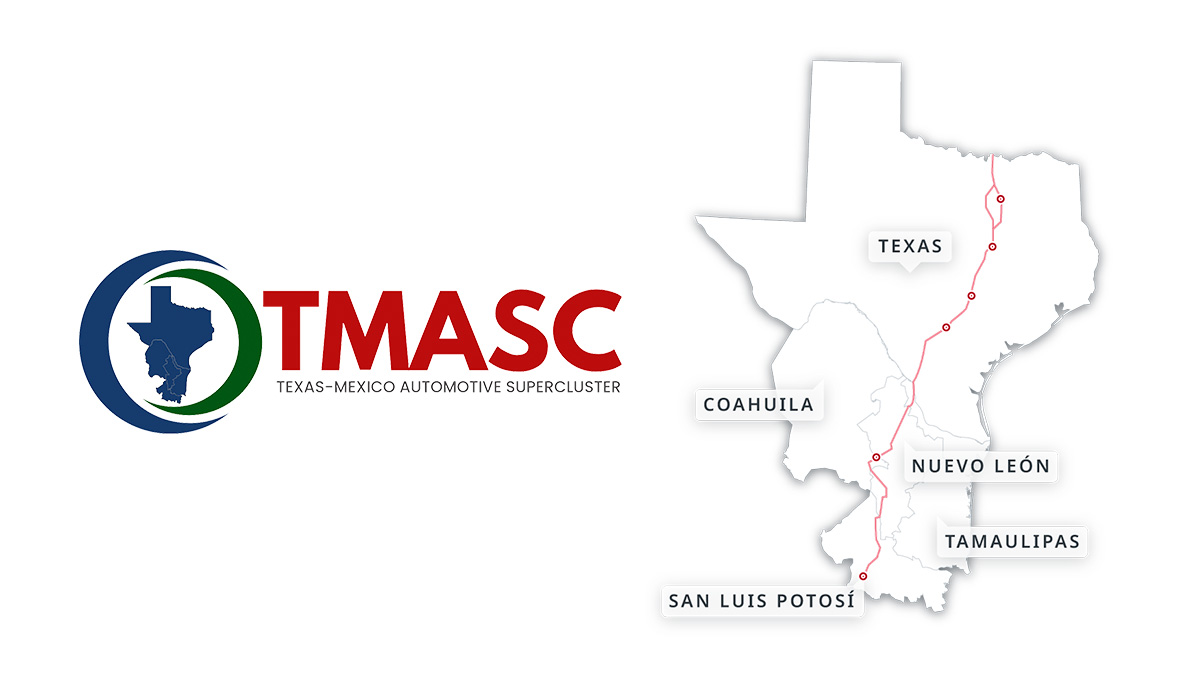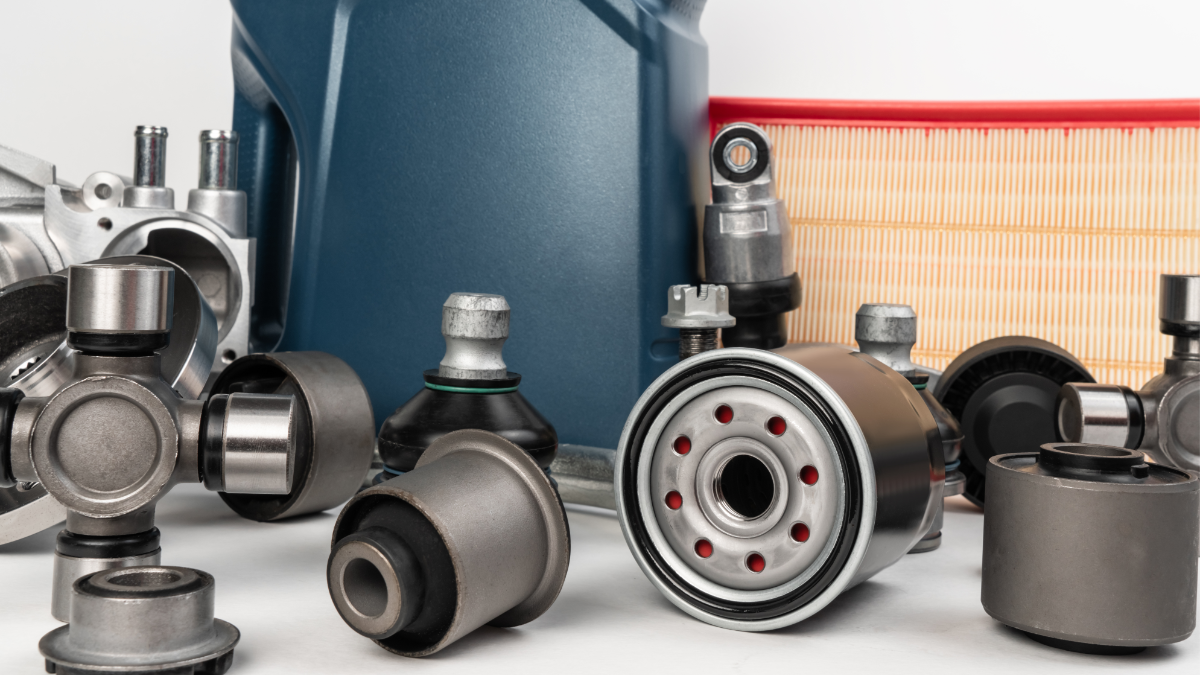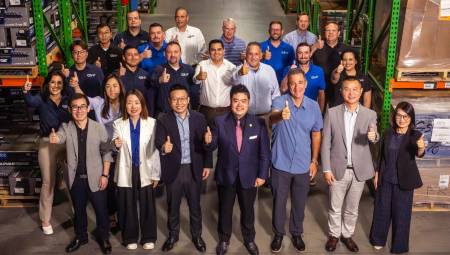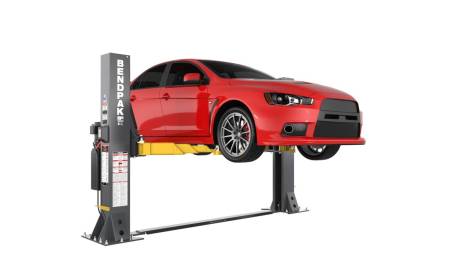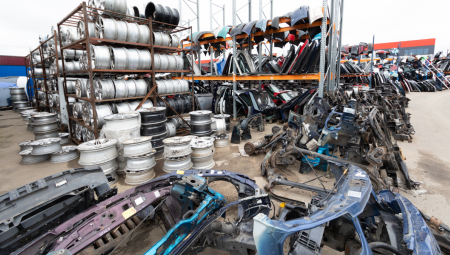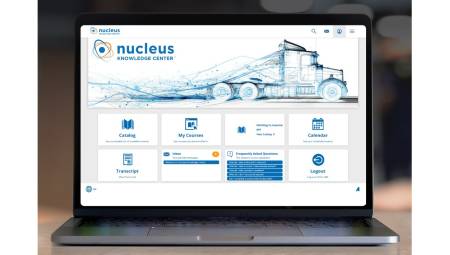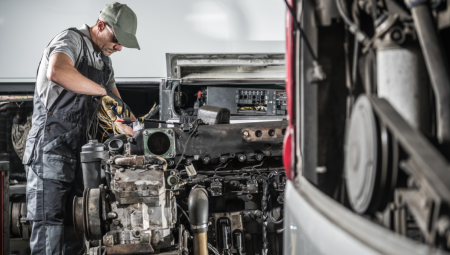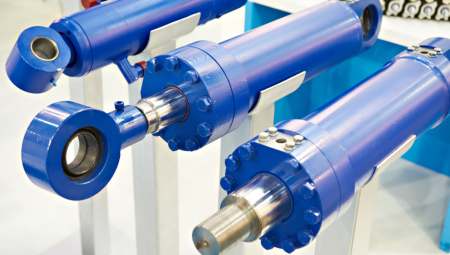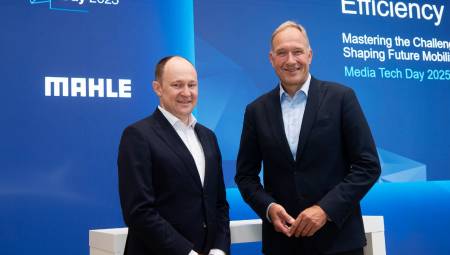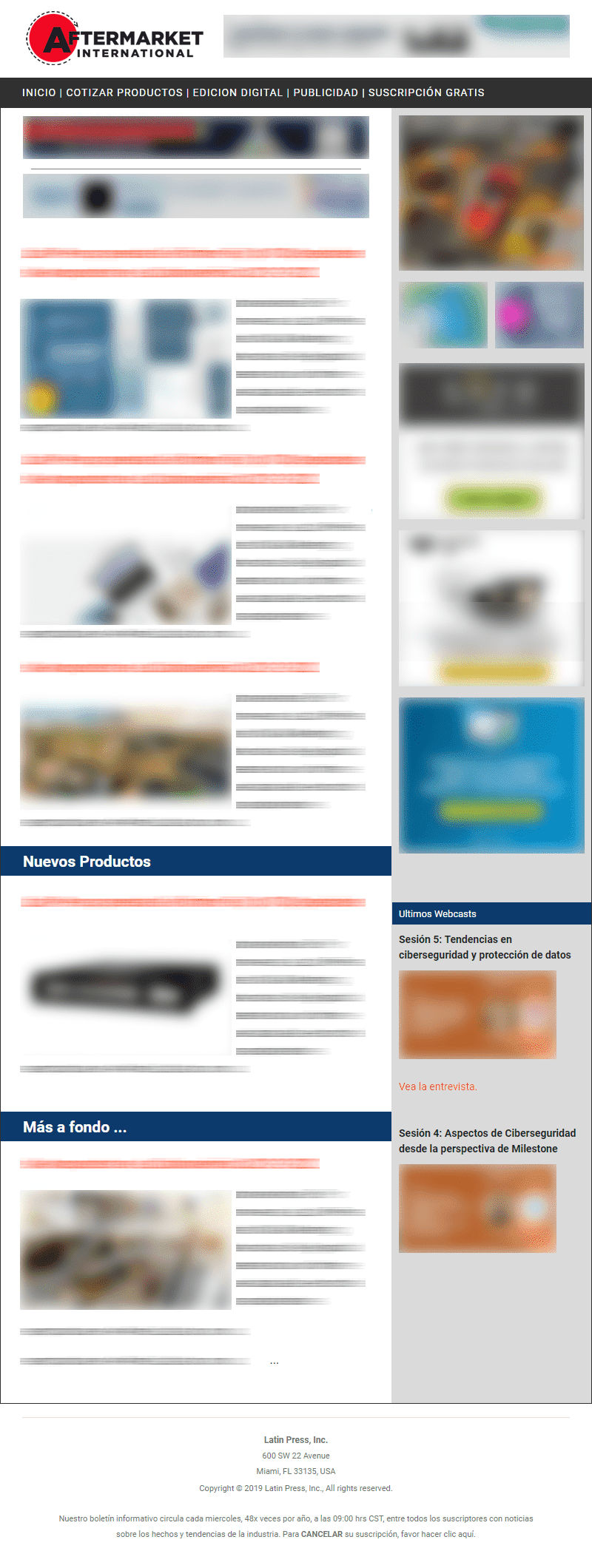Mexico. With more than 10 billion dollars in investments over the last decade and a sustained growth of its infrastructure and production capacities, the Texas-Mexico Automotive Supercluster (TMASC) is positioned as one of the most ambitious initiatives to consolidate the automotive industry in North America.
The corridor — which encompasses South Texas and the Mexican states of Coahuila, Nuevo León, Tamaulipas and San Luis Potosí — seeks to integrate binational value chains, attract nearshoring operations and move toward the production of electric vehicles and emerging technologies.
"TMASC elevates the region's automotive competitiveness by connecting infrastructure, talent and investment in a single ecosystem," said David E. Marquez, executive director of Bexar County Economic Development, which is leading the initiative along with Bexar Economic & Community Development.
In recent years, global manufacturers such as Stellantis, BMW, Navistar, Caterpillar and Tesla have opted to install or expand operations in the region. In 2023 alone, 1,500 million dollars were allocated to convert plants to the production of electric vehicles (EVs), reinforcing the supercluster's focus on innovation and sustainability.
Logistics infrastructure has also been key. The corridor is articulated through highways such as I-35, MX-85 and MX-57, 31 ports of entry and 34 foreign trade zones in Texas, efficiently connecting with industrial centers and international markets.
In addition, Texas is moving forward with an $85 billion state transportation plan for the next decade, continuing to strengthen its role as a trade gateway between the United States and Mexico.
TMASC currently brings together 14 original equipment manufacturers (OEMs), 16 assembly plants and 5 corporate headquarters, in an environment driven by a young, specialized and growing workforce.
Among its main competitive advantages are:
- Binational integration: Optimized costs, qualified talent and direct connection with export markets.
- Favorable demographics: Long-term industrial stability.
- Integrated logistics network: Key ports like Houston and Corpus Christi drive global trade.
- Sustainable manufacturing: Focus on energy efficiency and emission reduction.
- Relocation destination: Potential to attract investment amid the global reconfiguration of supply chains.
With investments in innovation, infrastructure and talent, the Texas-Mexico Automotive Supercluster is emerging as one of the most important platforms for the transformation of mobility in the region. Against a backdrop of electrification and industrial relocation, this cross-border corridor could redefine the future of automotive manufacturing in North America.
